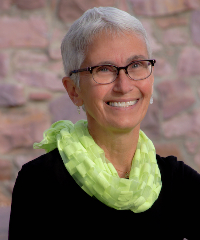Please complete your formal training to unlock the ability to create GLOBE Blogs.
See Training > User Roadmaps in the site navigation to learn more.
As my trap experiment, I'm comparing location, trap contents, and trap container (mostly the container, hence the title). I have 8 traps set up across 3 locations - 3 in one, 3 in another, and 2 in the last. Each location's traps all share an origin for the water they use and the bait they use, but each of the traps in a location uses a different type of container - either a dark blue bucket,...

The last 4 weeks of field trips and mosquito mapping have made me curious about the effect of water quality on the habitation of mosquito larvae in water bodies. So far, I have gone to a canal, creeks, ponds, and backyards. All these places vary in their water quality and mosquito larvae content. <--- The creek I visited had mostly clear water <--- Canal with poor water quality and lots...

After reading the article "Container Type Affects Mosquito Oviposition Choice," I was inspired to test how a container's surface area, an abiotic parameter, may affect female mosquito oviposition choice (Parker et al). At first, I was really curious about how the ratio of surface area to volume in a container affected oviposition choice. Thus, I began my experiment by finding containers with...

Conclusion: Although no mosquitoes were found, this process has helped me understand the methodology of making an experiment and having to deal with hardships and setbacks. There were many potential sources of error both within the system of the experiment and with outside forces. Systematic errors could have stemmed from the trap design or location. The weather was a factor of random...

I decided to test the impacts of fertilizer on mosquito breeding habitats. Background: I live in the Tampa Bay Area in Florida, and a major issue facing our ecosystems is fertilizer entering our waterways from runoff after people fertilize their lawns before it rains. This can lead to major algae blooms, like red tide, which are harmful to the rest of our marine organisms. Just last year,...
Showing 56 to 60 of 68 entries.